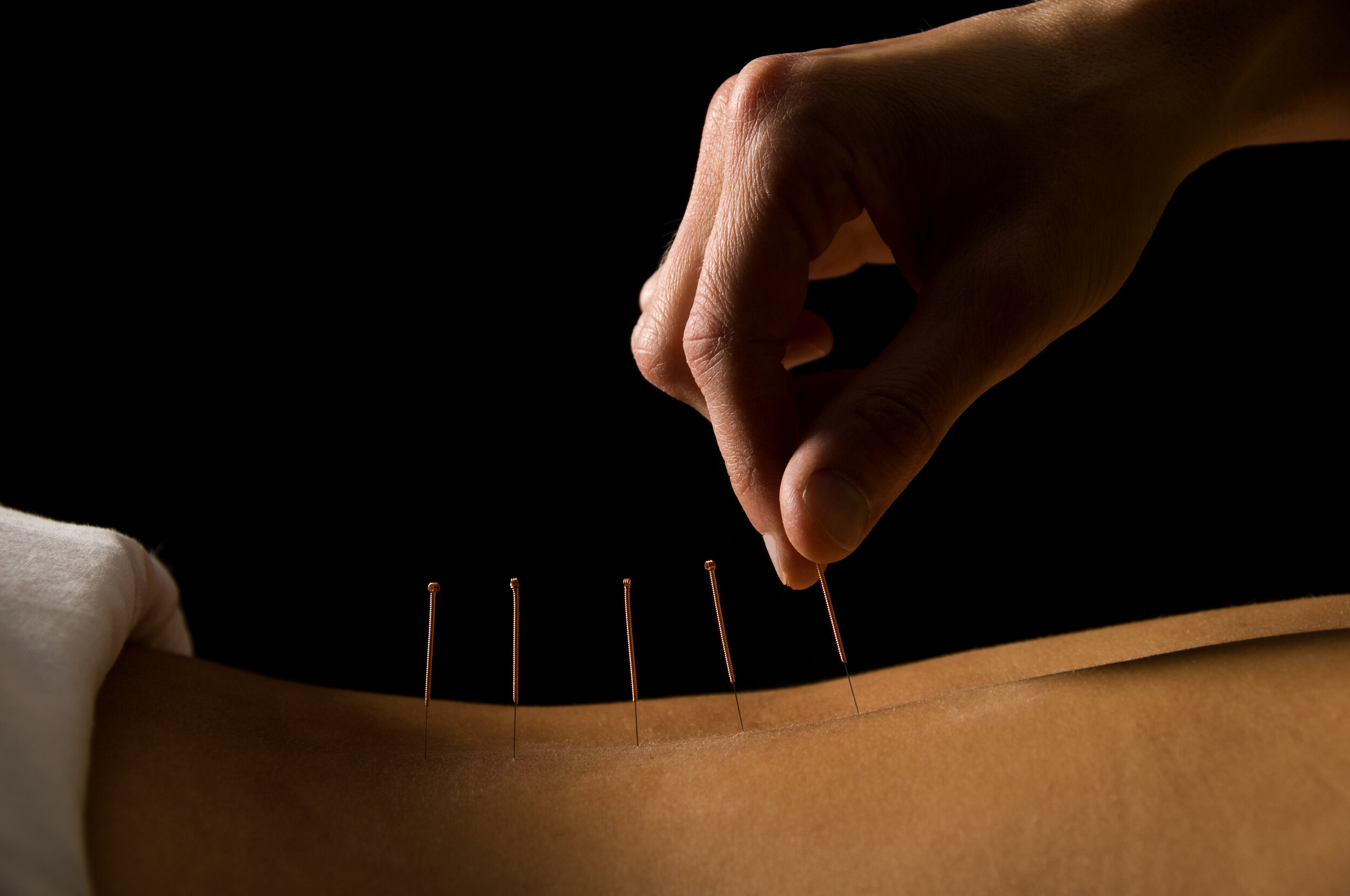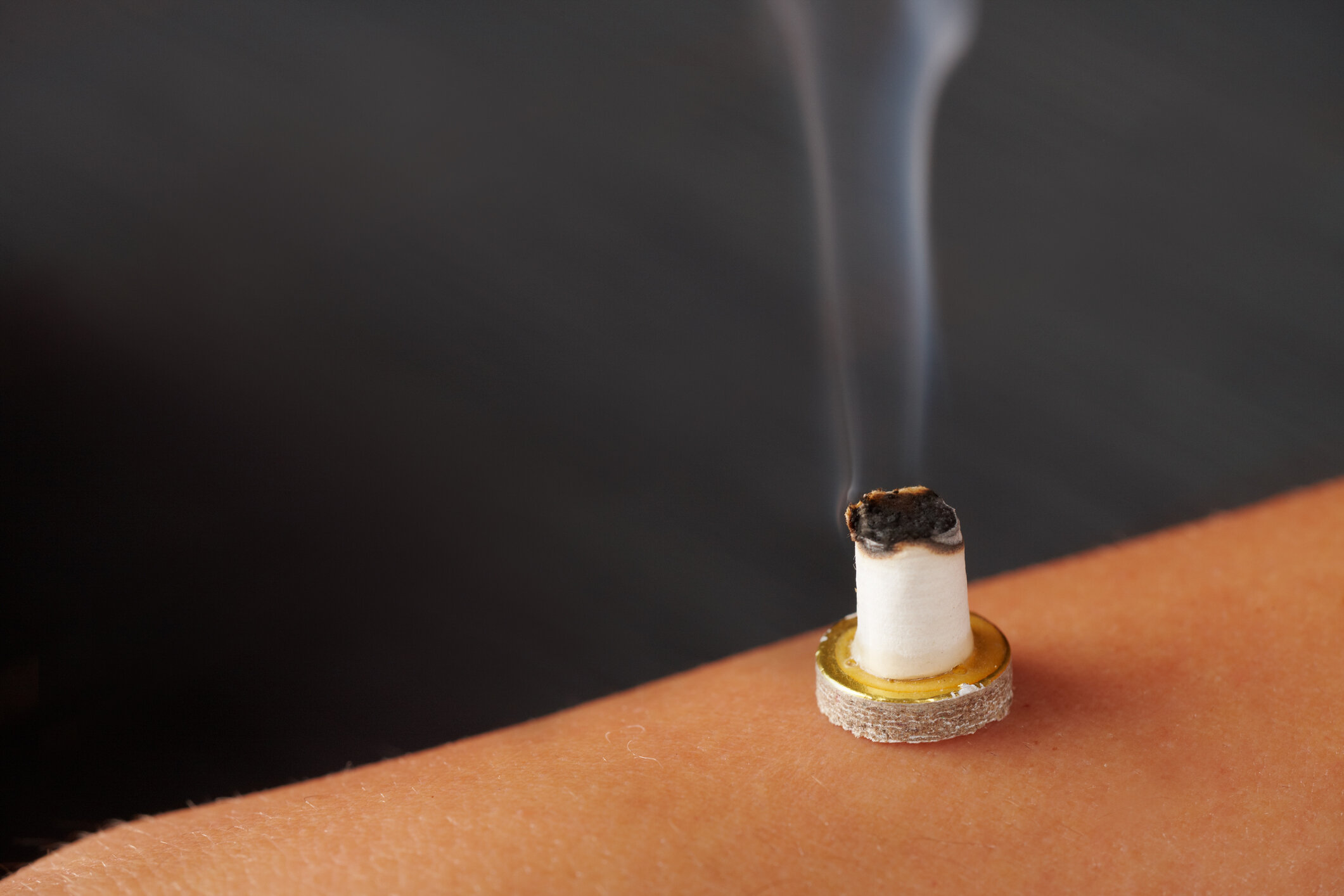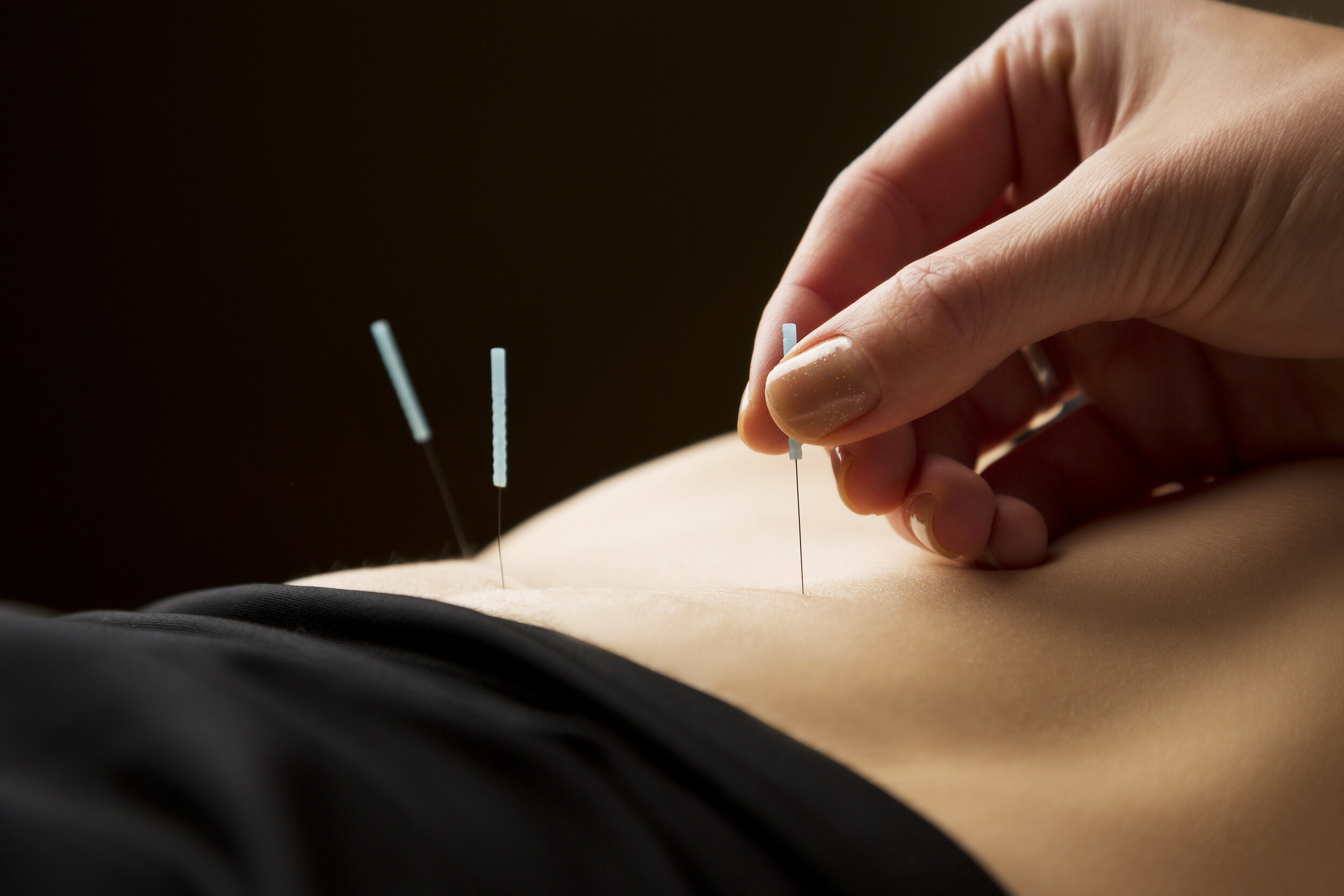What is Acupuncture?
Acupuncture and East Asian medicine have been in use for over 2,000 years. One of the foundations of Asian Medicine is the belief that each person, each living thing, has "qi" (pronounced "chee") - a life energy. Qi flows through the body in energy streams known as meridians, which are related to hundreds of points on the surface of the body. Pain or illness can result when blockages occur in the meridians and the flow of qi is interrupted.
Acupuncture is the strategic placement of ultra-thin needles that correspond to the patient's condition. The goal of an acupuncture appointment is to review the healthy flow of qi and restore the body to balance. Historically, acupuncture was used to not when someone become sick, but instead to keep people well.
What conditions can acupuncture treat?
Some health concerns that acupuncture can help with include:
Chemotherapy support (adverse reactions to radiation or chemotherapy)
Anxiety / Depression
Abdominal pain
Bell’s Palsy
Cold / upper respiratory symptoms
Dysmenorrhea
Fibromyalgia and fasciitis
Headache / Migraine
Insomnia
Knee pain
Nausea / vomiting
Neck pain
Pain associated with Osteoarthritis and Rheumatoid arthritis
Jaw pain / TMD / TMJ dysfunction
Shoulder pain
Postoperative pain
PMDD
Sciatica
Spine pain
Lateral / medial epicondylitis
And much more!
How was acupuncture developed?
According to legend, acupuncture points were discovered thousands of years ago because war. The legend holds that a Chinese soldier suffering with a stiff shoulder was cured after a battle in which he was struck by an arrow in the leg. Although the warrior's leg was obviously injured, he noticed that his shoulder was no longer stiff or sore. After an examination, his doctor could not understand how an arrow in the leg could cure a stiff shoulder. When another patient came to the doctor complaining of a painful shoulder, the doctor cautiously jabbed him in the leg in the precise spot the soldier had been hit with the arrow. The the second man's shoulder become pain-free as well. You can imagine, the doctor became famous far and wide for his miraculous shoulder pain treatments. Over the subsequent years, doctors began to experiment with other points on the body that had similar pain-relieving effects - and also developed much smaller, and less intimidating tools (needles made of bamboo, stone, bone, and eventually metal) to treat their patients.
Speaking of needles, acupuncture hurts, right?
No, it really doesn't. Acupuncture needles are a lot smaller than the hypodermic needles an MD uses. Because they neither draw fluid out, nor push fluid in (like a hypodermic needle), they are not hollow, and therefore are incredibly fine - generally no more (and, in same cases, less) than the diameter of a human hair. Often, patients do not even feel the needle at all, and if they do, the sensation is minimal. Sensations felt usually fade very quickly. It is not uncommon to feel the sensation of Qi (referred to as deqi), which is generally described as an achy, tingling, or heavy sensation. This just means the treatment is working!
But WHY does it work?
Science has been trying for a very long time to answer that question. Because of the method of treatment, scientific double blind studies* are impossible (or at least very difficult) to conduct. However, one explanation as to why it works may involved the body's facia - a complicated system of densely woven connective tissue that penetrates and covers muscles, nerves, arteries, veins, organs, and the spinal cord. It has been determined that acupuncture points and meridians very closely correlate to fascial anatomy. It is believed that the acupuncture needles stimulate and communicate via the fascia with all systems of the body. (1) Studies have shown that acupuncture is very effective in stimulating the release of endogenous opiates (endorphins), as well as increasing the body's release of the neurotransmitters serotonin and dopamine.(2)
Okay, but is it safe?
Yes, acupuncture is very safe, and free of serious side effects. According to a 2010 bulletin posted by the World Health Organization, "Acupuncture can be considered inherently safe in the hands of well trained practitioners" (3).
Speaking of training, what kind of training is required to become a licensed acupuncturist?
The state of California requires licensed acupuncturists to hold a Masters of Science degree in Traditional Chinese medicine. This degree represents over 3000 hours of didactic education, and more than 1000 hours spent as a clinical intern. Some practitioners choose to continue their education and earn a Doctorate, although this is not required to practice in the State of California.
In addition to completing (and passing) a rigorous licensing exam, licensed acupuncturists in the state of California are also required to attend regular continuing education courses to maintain their license. In addition, some practitioners in California choose to become nationally certified through the NCCAOM (National Certification Commission for Acupuncture and Oriental Medicine). Practitioners with National Certification will, in additional to the "L.Ac." designation, have either a Dipl.Ac. (Diplomat of Acupuncture), Dipl.C.H. (Diplomat of Chinese Herbs), or Dipl.O.M. (Diplomat of Oriental Medicine - both acupuncture, and Chinese herbs) after their name. National certification is not required for TCM practitioners in California, but is required in most other states - in particular, those states without a state Acupuncture Board.
Do you sterilize your needles?
No, because we only use each needle one time - and only on YOU. In the state of California, it is required by law that we use only prepackaged, pre sterilized, single-use needles, and dispose of each one in a biohazard container. We strictly abide by this rule. You can rest assured that the acupuncture needles used on you have never been inserted in, or even touched, another patient.
* A double-blind study is one where both research subject and researcher are kept unaware (or "blinded") as to whether the subject has received an experimental treatment (or medication), or a placebo. This is very difficult in the case of an acupuncture treatment, where it is nearly impossible to keep a patient unaware of being needled, and an acupuncturist unaware of doing needling.
Citations:
Finando S., Finando D. (2011). Fascia and the mechanism of acupuncture. Journal of Bodywork & Movement Therapies, 15, 168-176.
Hunstad, E. (2017). Acupuncture information manual (AIM).
World Health Organization. (2010). Retrieved from http://www.who.int/bulletin/volumes/88/12/10-076737/en/




